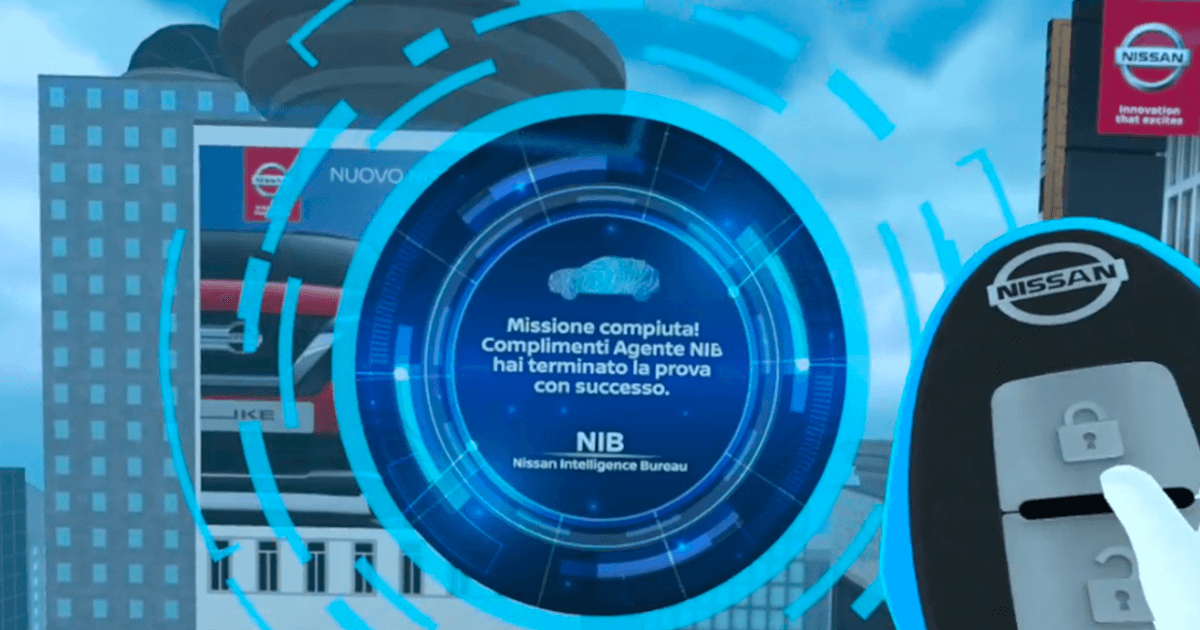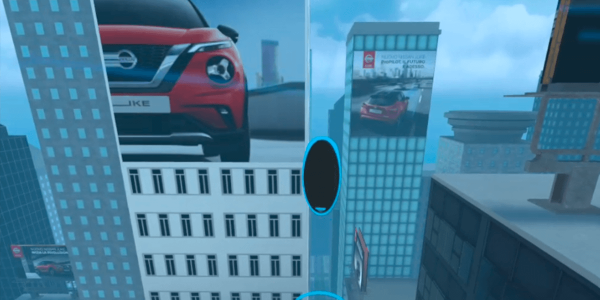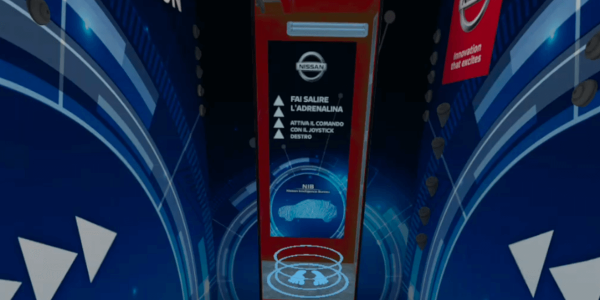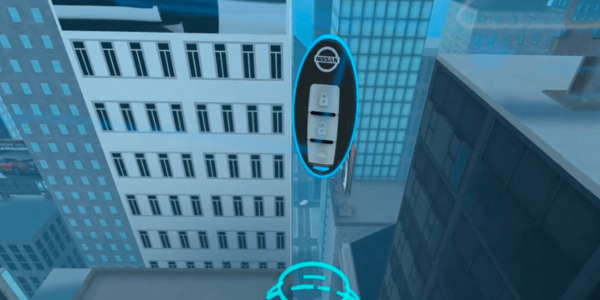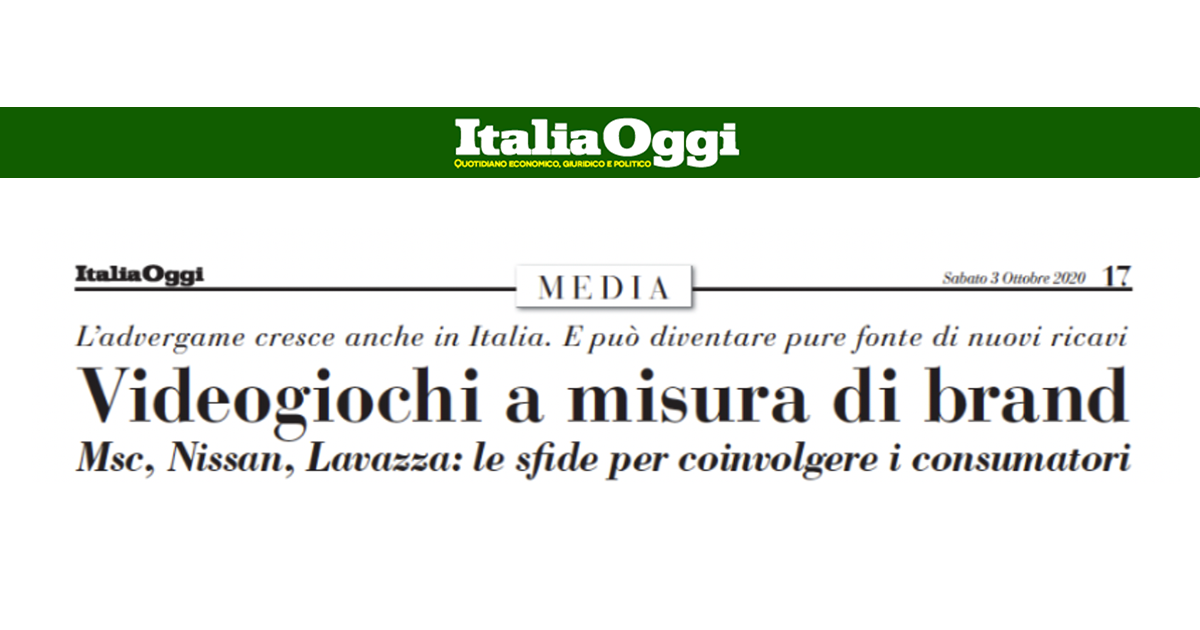Escape the Mission: the Alternate xGame to try out the new Juke
- Nissan
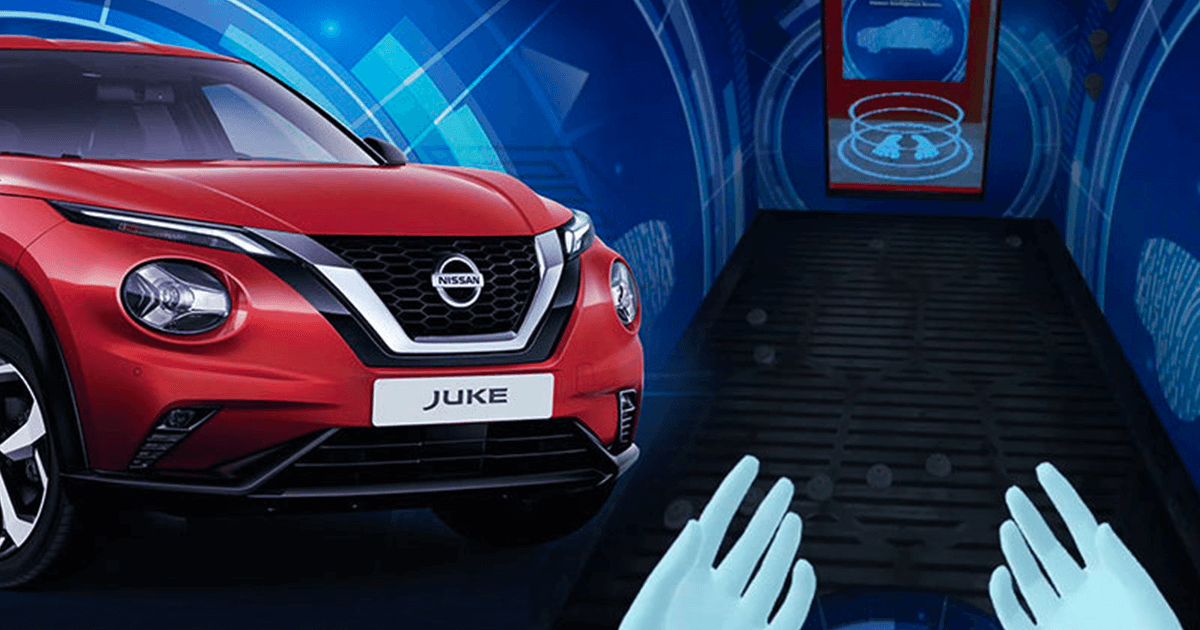
Escape the Mission is the application created by AnotheReality in partnership with agency LatoC to accompany the promotional campaign for the launch of the new Nissan Juke model. It is a complex solution that combines gaming, virtual reality (VR), and augmented reality (AR) to engage and guide users in product choice. Escape the Mission engages customers in a truly innovative way, demonstrating the importance of customer engagement in the Nissan automaker’s marketing strategy.
Escape the Mission: phased engagement.
The application is divided into multiple stages, making user engagement a journey that gradually becomes more immersive and engaging. It starts with an online advergame, that is, a product advertisement that is not perceived as such, but as if it were a game. Having passed the first stage, the next leads physically to the dealership, where immersive technologies come into play. In the second stage, customers are catapulted into a VR mission, and finally, in the third part, they can interact with the product through AR.
Advergame phase: innovative online advertising
The advergame phase takes place on the web; here Nissan customers and prospects receive digital ads inviting them to participate in an online game. The latter offers players the chance to customize their Nissan Juke as if they were putting together and taking apart a puzzle. Users choose options and features for the car by drawing from a library of features. The game stimulates user creativity and curiosity, actively engaging them in the process of getting to know and appreciate the new car model.
VR phase: immerse yourself in the mission
After completing the online game, players are invited to visit a Nissan dealership for an immersive experience. The goal of this phase is to engage the emotions of the participants, who will face a breathtaking test. Wearing a visor, users are introduced to a virtual world in which they are enlisted into the Nissan Intelligence Bureau (NIB) team. As NIB investigators they must retrieve the keys to the Nissan Juke: an elevator takes them to the 1,000th floor of a skyscraper, and here, walking balanced on a wooden plank, they will find the car keys positioned at the very end of the beam. The thrill of earning them in virtual mode, when the visor is removed, turns into reality. Having completed the mission, in fact, they are handed the physical keys for a real test drive in the Nissan Juke.
AR phase: discovering and interacting with the New Juke.
It comes, finally, to the moment of AR. Still inside the dealership, participants use a tablet to discover and interact with the new Nissan Juke through AR. The app allows them to explore the car’s salient and innovative features, offering an interactive and immersive experience, unlike the classic presentation by a salesperson. Users can thus fully appreciate the new car model.
Conclusions
The Escape the Mission project makes it possible to follow the user along the entire customer journey, from digital engagement (where the user is at home in front of their PC) to immersive engagement (inside the dealership). The journey in which users participate helps to enhance brand awareness and improve the product experience for customers. This case study highlights the importance of technological innovation in marketing strategy, particularly Nissan’s, and the key role of customer engagement in the automotive industry.
The future of customer engagement in the automotive industry seems to be increasingly tied to the use of technologies such as VR and AR, which offer immersive and personalized experiences. The challenge for companies is to continue to innovate and surprise customers by offering unique and memorable experiences that lead them to choose their brand.
The experience is based on the AnotherPlank scenario created by AnotheReality. The design is basic but powerful, to bring across the full immersive potential of VR.
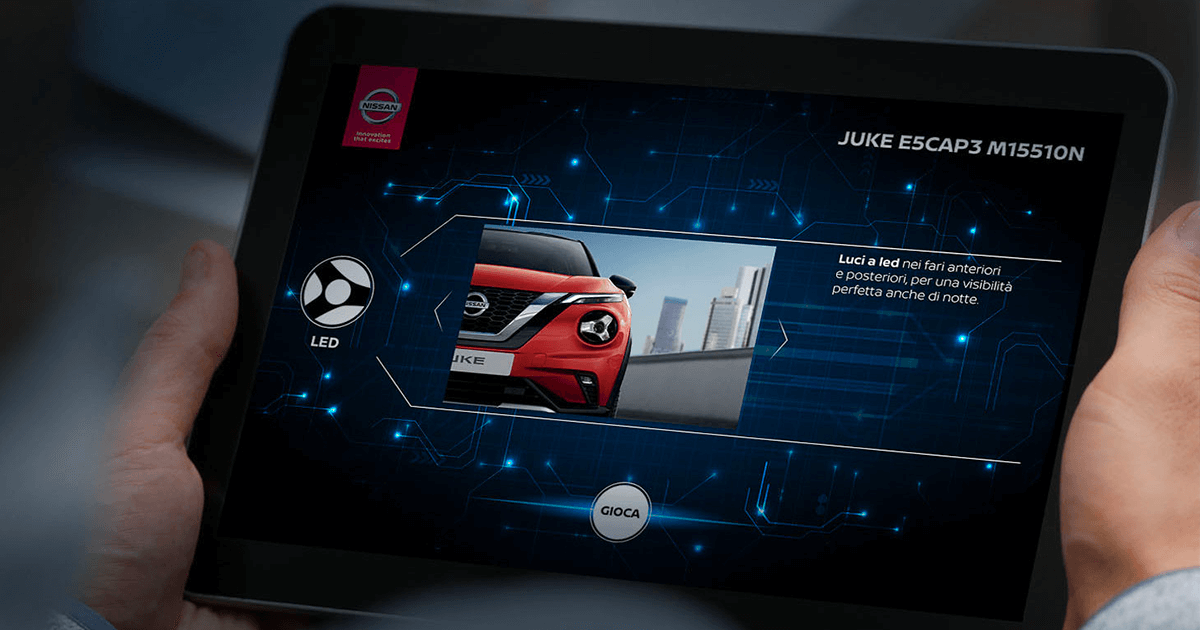

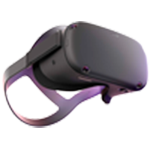

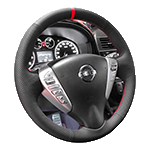
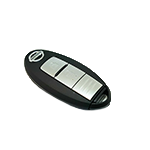
The solution relies on the Oculus Quest 1 standalone visor. The technology with which the solution was built is the Unity game engine.
